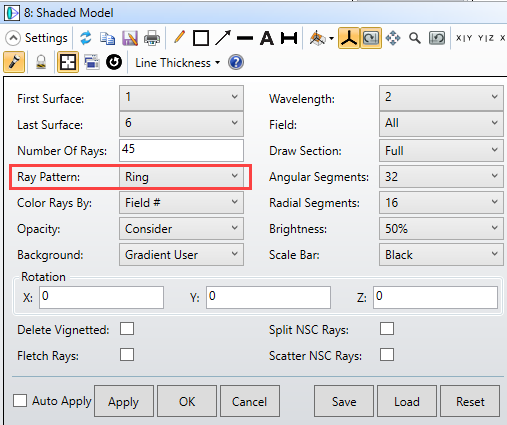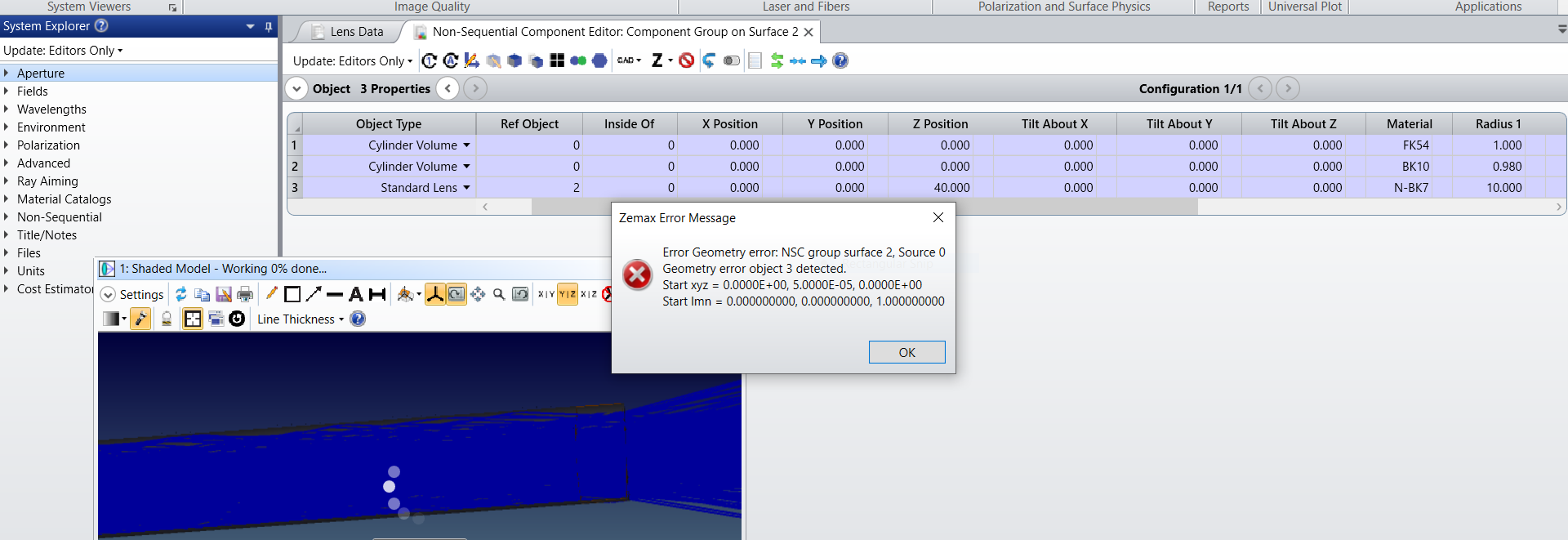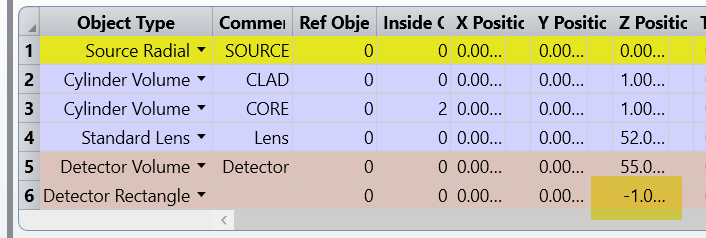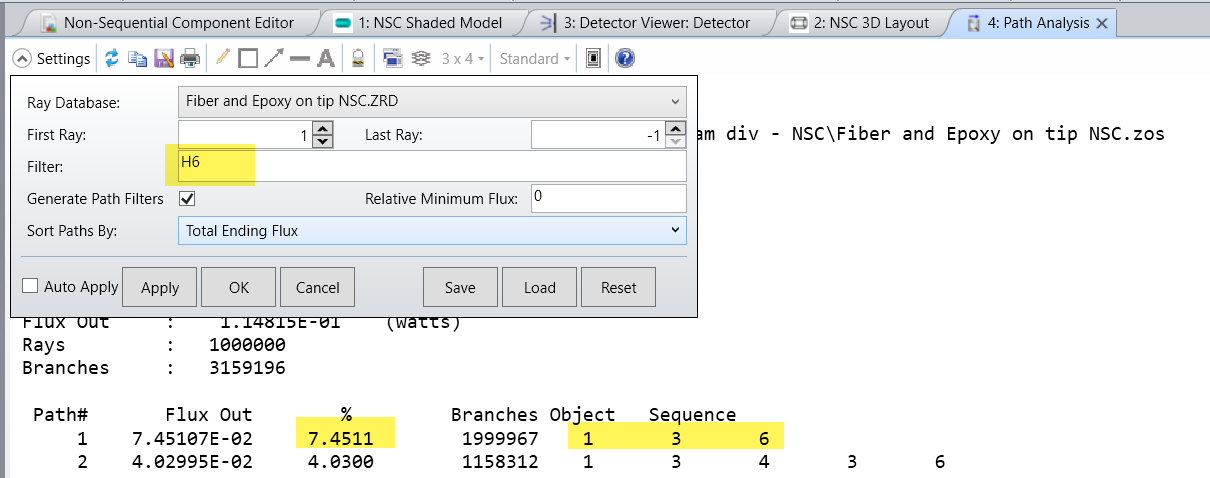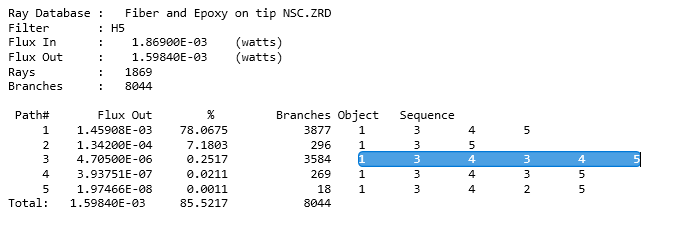I have tried to model the propagation of light through the fiber, but my model doesn't looks it undergoes TIR. Can anybody please help me to identify what parameters should I check and alter ? Expecting your guidance on this for my good understanding. (For your reference i have attached the LDE of Seq & NS and the parameters) Kindly let me know if any more parameters needed

EPD = 0.5 (Syst Expl)
Core dia = 0.98 micron
Clad dia = 1 micron


Actual Expectation:


